Home>Gardening & Outdoor>Pool & Spa Care>How Many Gallons Of Water In My Hot Tub
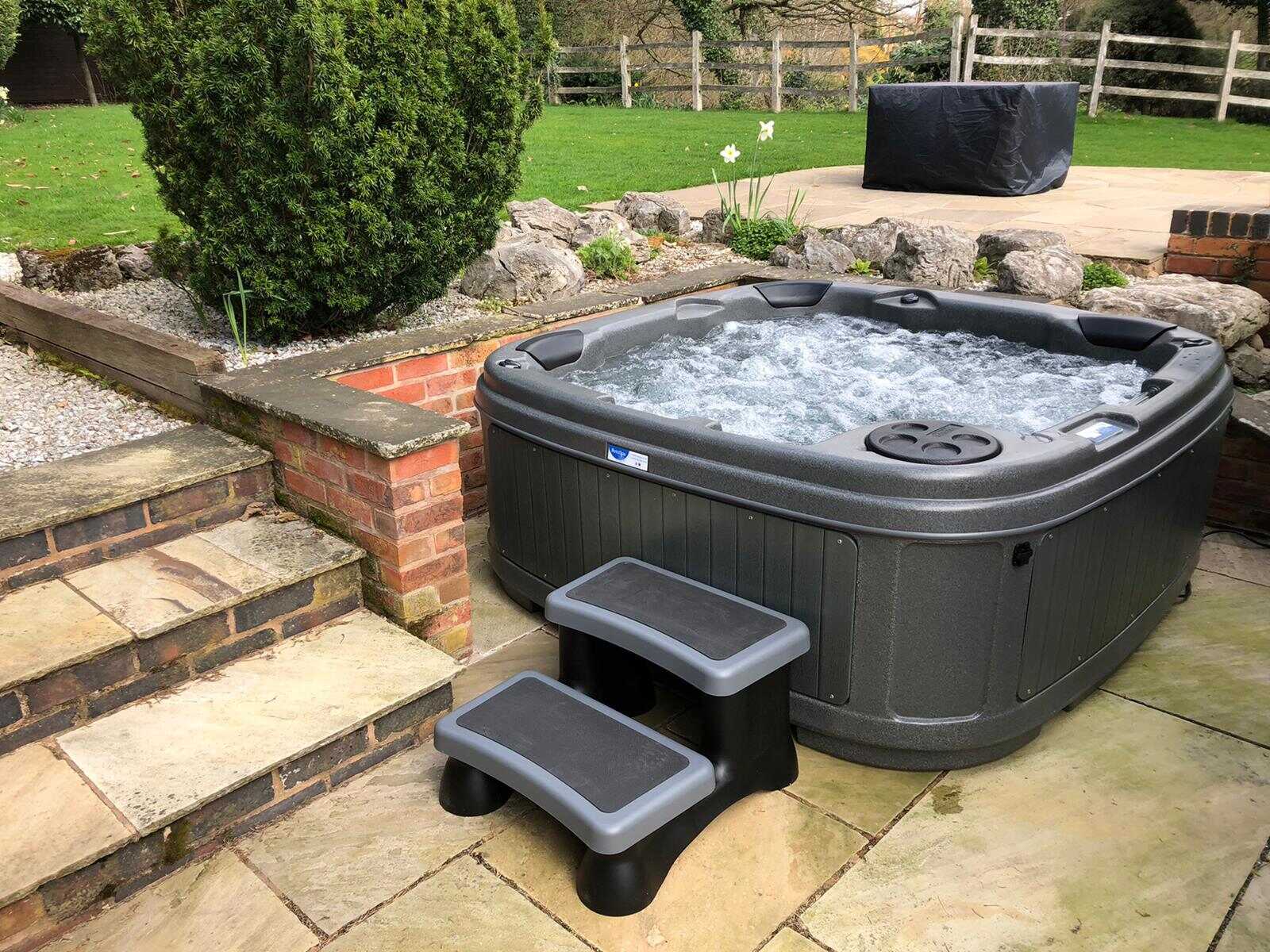

Pool & Spa Care
How Many Gallons Of Water In My Hot Tub
Modified: April 22, 2024
Discover the ideal pool and spa care tips for maintaining the perfect water levels in your hot tub. Learn how to calculate gallons of water easily.
(Many of the links in this article redirect to a specific reviewed product. Your purchase of these products through affiliate links helps to generate commission for Storables.com, at no extra cost. Learn more)
Introduction
Read more: How Many Gallons Are In A Hot Tub
Understanding the Water Capacity of Your Hot Tub
Owning a hot tub is a luxurious and enjoyable experience, offering relaxation and therapeutic benefits. However, ensuring that your hot tub is properly maintained is essential to its functionality and your enjoyment. One crucial aspect of hot tub care is understanding the water capacity, as this knowledge is fundamental to maintaining the correct chemical balance and ensuring optimal performance.
In this article, we will delve into the intricacies of hot tub water capacity, providing you with the necessary information to calculate the gallons of water in your hot tub accurately. By comprehending the factors that influence water capacity and learning how to maintain the appropriate water level, you can enhance the longevity and efficiency of your hot tub while maximizing your enjoyment of this indulgent amenity. Let's embark on a journey to explore the essential aspects of managing the water capacity in your hot tub.
Key Takeaways:
- Understanding your hot tub’s water capacity is crucial for maintaining water quality, optimizing performance, and conserving resources. Calculating gallons and managing water level ensures a rewarding and enduring hot tub experience.
- By monitoring and adjusting water level, addressing displacement, and adhering to manufacturer guidelines, you can sustain a rejuvenating and sustainable hot tub experience. Understanding and managing water capacity is essential for a fulfilling and enjoyable hot tub maintenance journey.
Understanding Hot Tub Water Capacity
Before delving into the specifics of calculating the gallons of water in your hot tub, it’s essential to grasp the concept of water capacity and its significance. The water capacity of a hot tub refers to the total volume of water that the tub can hold when filled to the appropriate level. Understanding this capacity is crucial for several reasons.
First and foremost, knowing the water capacity enables you to maintain the correct chemical balance in your hot tub. Proper water treatment is essential for preserving the integrity of the tub and ensuring a hygienic and safe environment for soaking. By accurately determining the water capacity, you can add the appropriate amount of sanitizers, balancers, and other chemicals to keep the water clean and clear.
Furthermore, comprehending the water capacity allows you to optimize the performance of your hot tub. Overfilling or underfilling the tub can affect its functionality and efficiency. By adhering to the recommended water capacity, you can ensure that the jets, heaters, and filtration systems operate effectively, providing you with a satisfying and rejuvenating hydrotherapy experience.
Additionally, understanding the water capacity is essential for water conservation. By knowing the exact volume of water your hot tub holds, you can minimize wastage and efficiently manage the refilling process. This not only contributes to environmental sustainability but also helps reduce water and energy costs associated with hot tub maintenance.
Overall, comprehending the water capacity of your hot tub is fundamental to maintaining water quality, optimizing performance, and promoting sustainable usage. In the following sections, we will explore how to calculate the gallons of water in your hot tub, taking into account various factors that can influence its water capacity.
Calculating the Gallons of Water in Your Hot Tub
Accurately determining the gallons of water in your hot tub is essential for effective maintenance and care. By calculating the water volume, you can make informed decisions regarding chemical treatment, refilling, and overall management of your hot tub. The process of calculating the gallons of water involves simple mathematical formulas and measurements.
The most common method for calculating hot tub water capacity is based on the tub’s dimensions. Typically, hot tubs come in standard shapes, such as rectangular, square, or circular. To calculate the water volume for a rectangular or square hot tub, you can use the following formula:
- Length (in feet) x Width (in feet) x Average Depth (in feet) x 7.5 = Total Gallons
For a circular hot tub, the formula is slightly different:
- 3.14 x (Radius x Radius) x Average Depth (in feet) x 7.5 = Total Gallons
Once you have obtained the total gallons using these formulas, it’s important to consider the water displacement caused by the occupants. When people enter the hot tub, they displace a certain volume of water, which should be factored into your calculations. As a general rule, you can estimate that each person displaces approximately 75-100 gallons of water.
Moreover, if your hot tub features additional amenities such as seats, loungers, or intricate designs that may affect the internal water volume, it’s advisable to consult the manufacturer’s specifications or seek guidance from a professional to ensure accurate calculations.
By accurately calculating the gallons of water in your hot tub, you can maintain the appropriate water level, adjust chemical treatments accordingly, and make informed decisions regarding water conservation and refilling. In the subsequent sections, we will explore the various factors that can influence the water capacity of your hot tub, shedding light on essential considerations for effective maintenance.
Factors Affecting Water Capacity
Several factors can influence the water capacity of your hot tub, impacting the volume of water it can hold and the subsequent maintenance requirements. Understanding these factors is crucial for effectively managing your hot tub and ensuring optimal performance and water quality.
Hot Tub Size and Shape
The size and shape of your hot tub play a significant role in determining its water capacity. Larger hot tubs naturally hold more water than smaller ones, while the shape, whether rectangular, square, or circular, can affect the internal volume. It’s important to consider these characteristics when calculating the gallons of water in your hot tub and adjusting maintenance routines accordingly.
Seating and Amenities
If your hot tub features built-in seating, loungers, or additional amenities, these elements can impact the water capacity. The presence of such features may displace water, affecting the overall volume and necessitating adjustments in chemical treatments and water level management. Understanding how these amenities influence water capacity is essential for maintaining the appropriate balance in your hot tub.
Water Depth
The depth of water in your hot tub directly contributes to its water capacity. Deeper hot tubs naturally hold more water than shallower ones, and this factor should be taken into account when calculating the gallons of water and determining the appropriate chemical dosages. Additionally, water depth can affect the efficiency of the hot tub’s jets and heating systems, influencing its overall performance.
Occupancy and Usage
The number of occupants using the hot tub and the frequency of usage can impact its water capacity. Each person entering the hot tub displaces a certain volume of water, necessitating adjustments to maintain the recommended water level. Understanding how occupancy and usage patterns affect water capacity is essential for efficient maintenance and water conservation.
Climate and Evaporation
The climate in which your hot tub is located can influence water evaporation rates. Warmer and drier climates may lead to increased evaporation, requiring more frequent refilling to maintain the appropriate water level. Understanding the impact of climate on water capacity is essential for effective maintenance and conservation efforts.
By considering these factors and their influence on water capacity, you can effectively manage the maintenance of your hot tub, ensuring optimal performance, water quality, and sustainability. In the subsequent section, we will explore essential practices for maintaining the water level in your hot tub, encompassing strategies to address water capacity fluctuations and promote efficient usage.
Maintaining the Water Level in Your Hot Tub
Ensuring the appropriate water level in your hot tub is essential for preserving water quality, optimizing performance, and promoting efficient maintenance practices. By implementing effective strategies to manage the water level, you can mitigate the impact of factors that influence water capacity and sustain a rejuvenating and sustainable hot tub experience.
Regular Monitoring and Adjustment
Consistently monitoring the water level in your hot tub is crucial for maintaining optimal functionality and water quality. Regularly check the water level using the designated markers or indicators within the tub. If the water level deviates from the recommended range, adjust it accordingly by adding or draining water to reach the appropriate level. This proactive approach helps prevent potential issues arising from underfilling or overfilling the hot tub.
Addressing Water Displacement
Be mindful of the water displacement caused by the occupants entering the hot tub. As individuals use the hot tub, they displace water, potentially affecting the overall water level. To address this displacement, consider adjusting the water level as needed to compensate for the volume displaced. Additionally, educate hot tub users about the impact of water displacement and encourage them to be mindful of its effects on the water level.
Read more: How Many Gallons Of Water In An 8×8 Hot Tub
Adhering to Manufacturer Guidelines
Refer to the manufacturer’s guidelines and specifications regarding the recommended water level for your specific hot tub model. Manufacturers often provide detailed instructions on maintaining the appropriate water level to ensure optimal performance and safety. Adhering to these guidelines can help you effectively manage the water capacity of your hot tub and promote its longevity.
Addressing Evaporation and Refilling
Take into account the impact of evaporation on the water level, especially in warmer and drier climates. Monitor the rate of water evaporation and be prepared to refill the hot tub as needed to maintain the recommended water level. Implementing measures to minimize evaporation, such as covering the hot tub when not in use, can help conserve water and reduce the frequency of refilling.
Adjusting Chemical Treatments
Changes in the water level can affect the concentration of chemicals in your hot tub. When adjusting the water level, ensure that you also recalibrate the chemical treatments accordingly. Maintaining the appropriate chemical balance is essential for water sanitation and user safety, making it imperative to consider the impact of water level adjustments on chemical concentrations.
By integrating these practices into your hot tub maintenance routine, you can effectively manage the water level, address factors influencing water capacity, and promote sustainable usage. Understanding the nuances of maintaining the water level in your hot tub is integral to ensuring a rewarding and enduring hot tub experience.
Conclusion
Managing the water capacity of your hot tub is a fundamental aspect of maintaining its functionality, water quality, and sustainability. By understanding the factors that influence water capacity and implementing effective strategies for calculating and managing the water level, you can optimize your hot tub experience while promoting efficient maintenance practices.
Calculating the gallons of water in your hot tub provides you with valuable insights into its water capacity, enabling you to make informed decisions regarding chemical treatments, refilling, and overall care. By utilizing simple mathematical formulas and considering factors such as hot tub size, seating, water depth, occupancy, and climate, you can accurately determine the water volume and adjust maintenance routines accordingly.
Moreover, maintaining the appropriate water level in your hot tub is essential for preserving water quality, addressing water displacement, and adhering to manufacturer guidelines. Regular monitoring and adjustment, consideration of water displacement, adherence to manufacturer specifications, and addressing evaporation and chemical treatments are integral to sustaining an optimal water level and promoting the longevity of your hot tub.
Ultimately, by embracing a proactive and informed approach to managing the water capacity of your hot tub, you can enhance its performance, extend its lifespan, and contribute to water conservation efforts. Whether you indulge in solitary relaxation or enjoy social gatherings in your hot tub, maintaining the correct water capacity ensures that your hydrotherapy experience remains rejuvenating, safe, and sustainable.
As you embark on your hot tub maintenance journey, remember that understanding and managing water capacity is not only a practical necessity but also a gateway to a more fulfilling and enjoyable hot tub experience. By integrating these insights and practices into your routine, you can savor the therapeutic benefits of your hot tub while nurturing a conscientious and sustainable approach to its care.
Frequently Asked Questions about How Many Gallons Of Water In My Hot Tub
Was this page helpful?
At Storables.com, we guarantee accurate and reliable information. Our content, validated by Expert Board Contributors, is crafted following stringent Editorial Policies. We're committed to providing you with well-researched, expert-backed insights for all your informational needs.
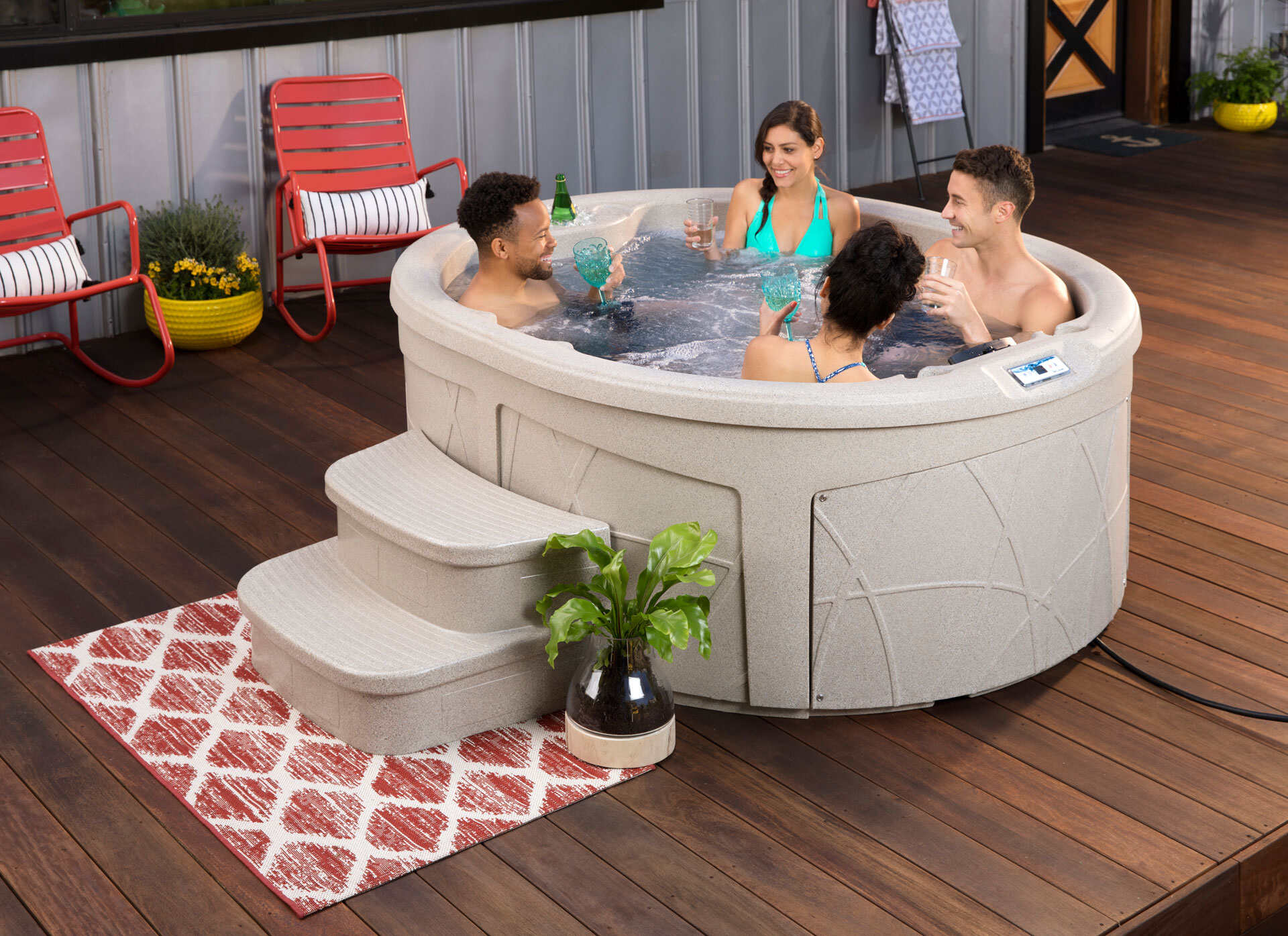
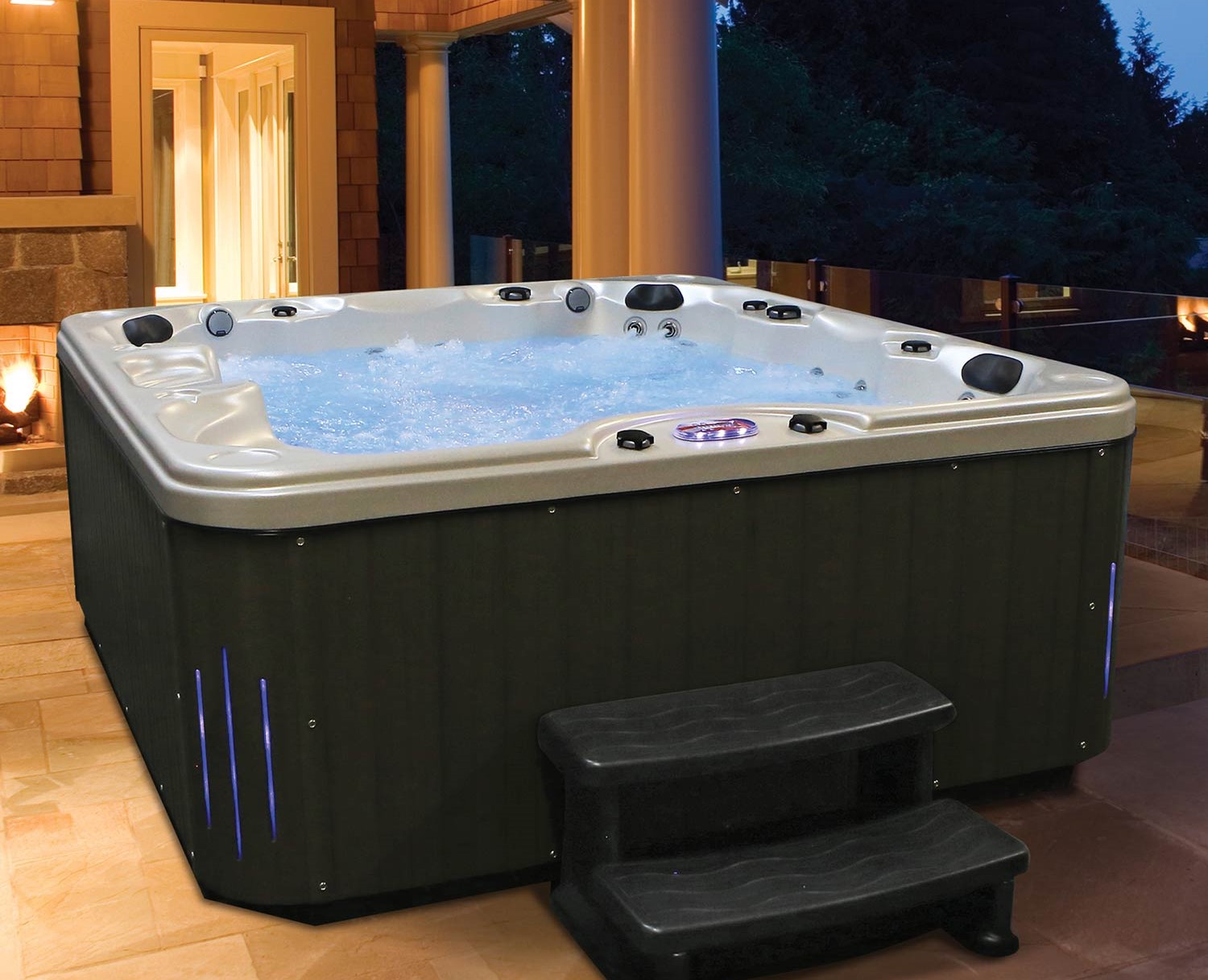
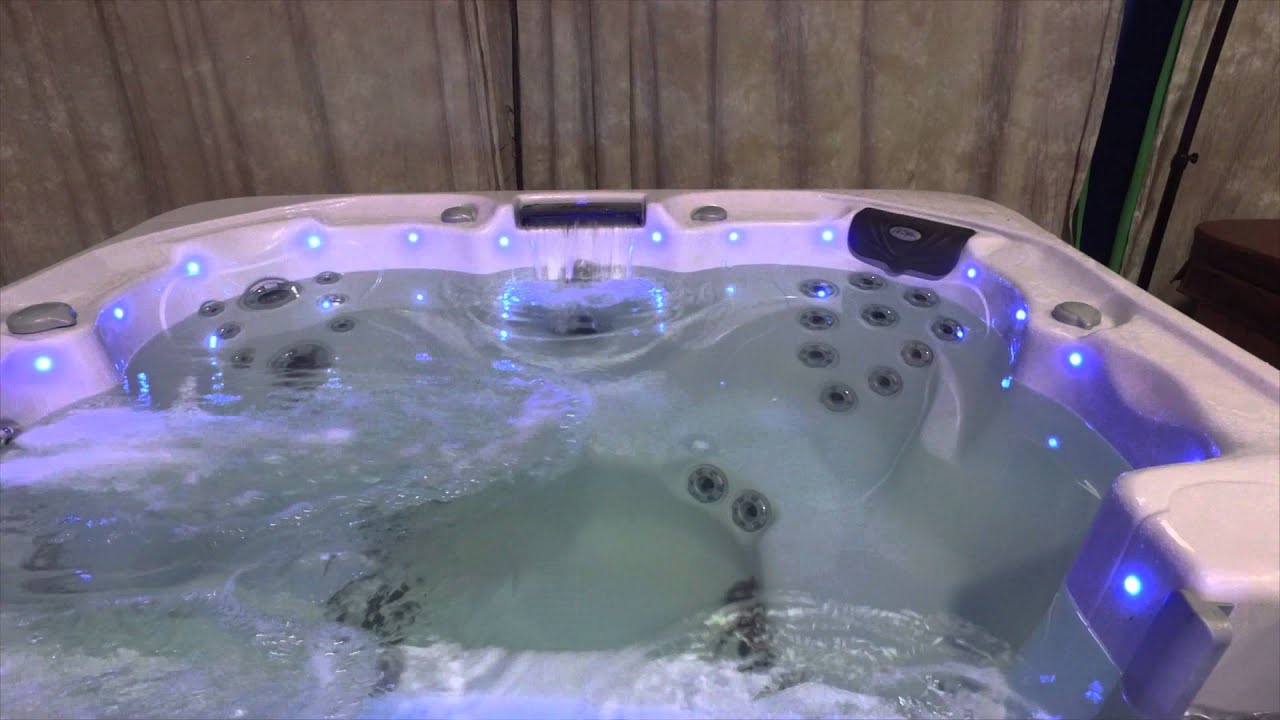
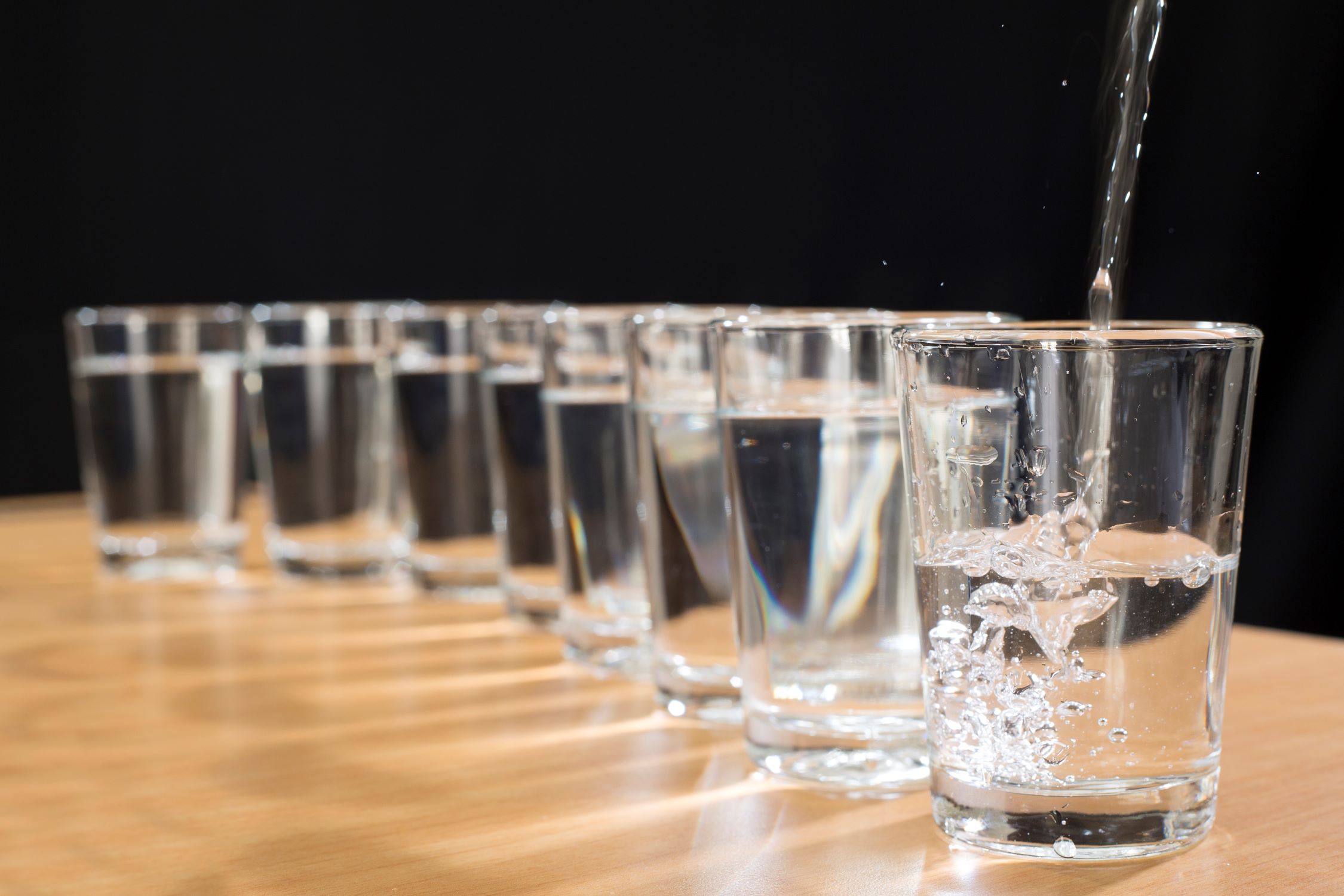
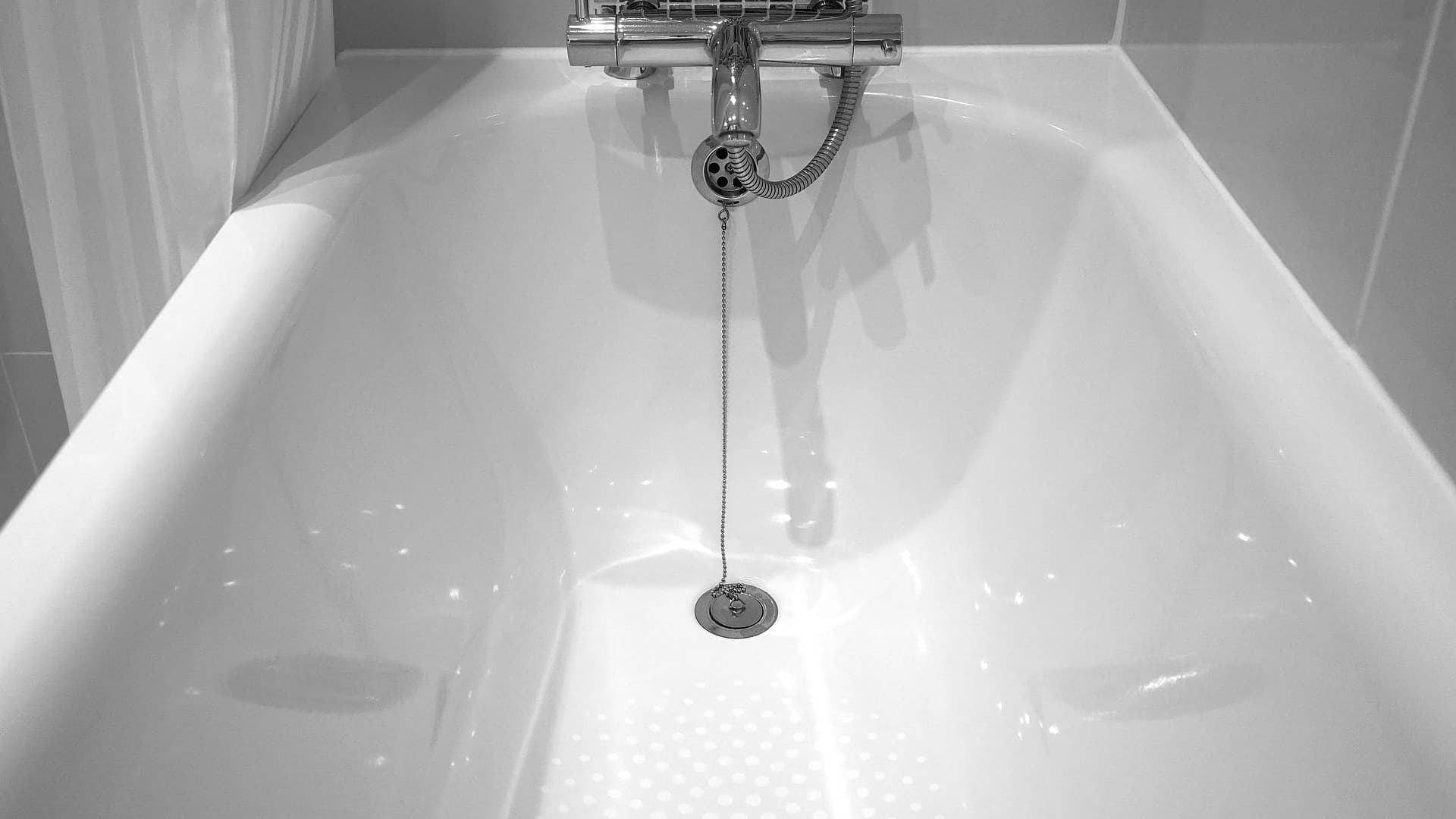
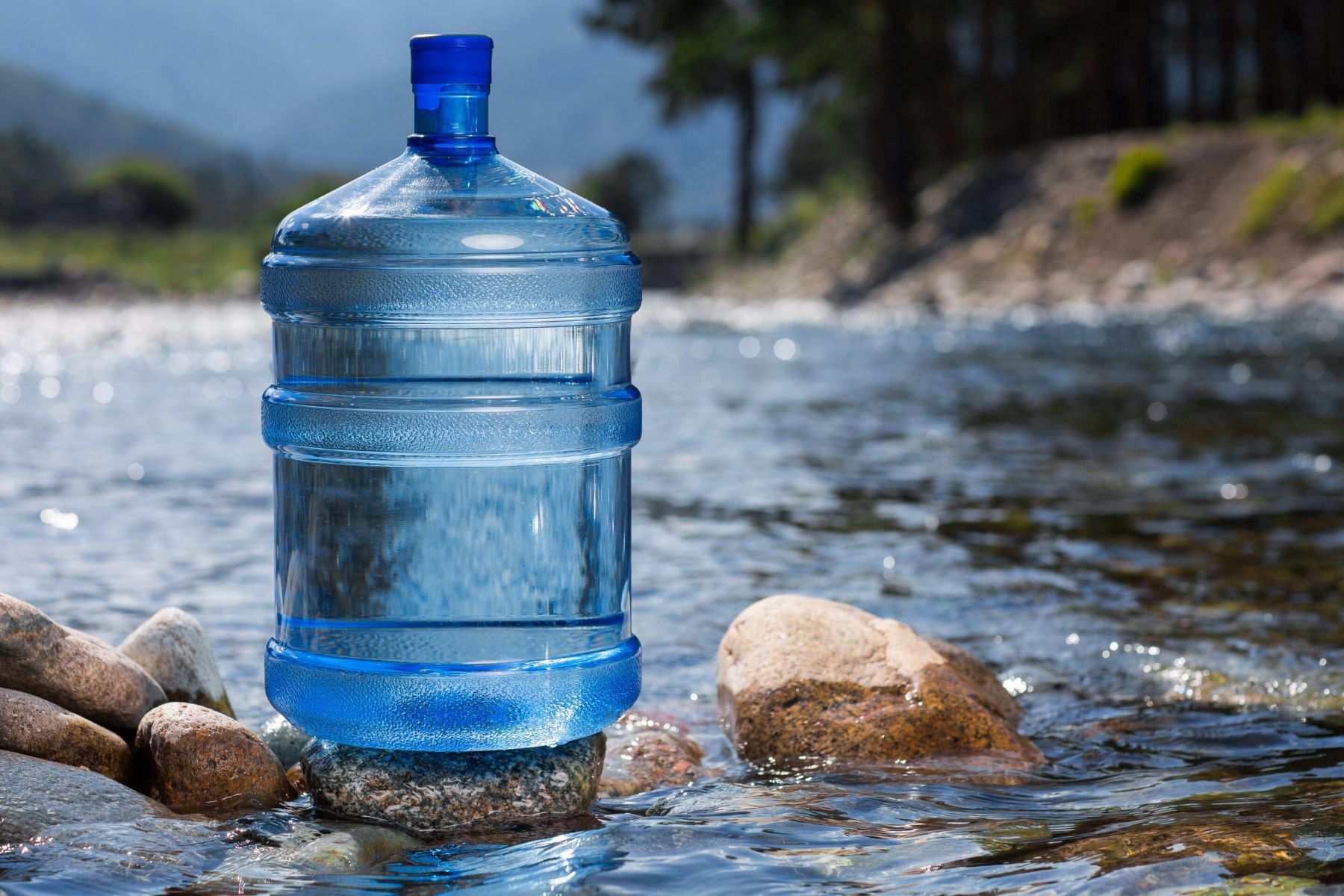
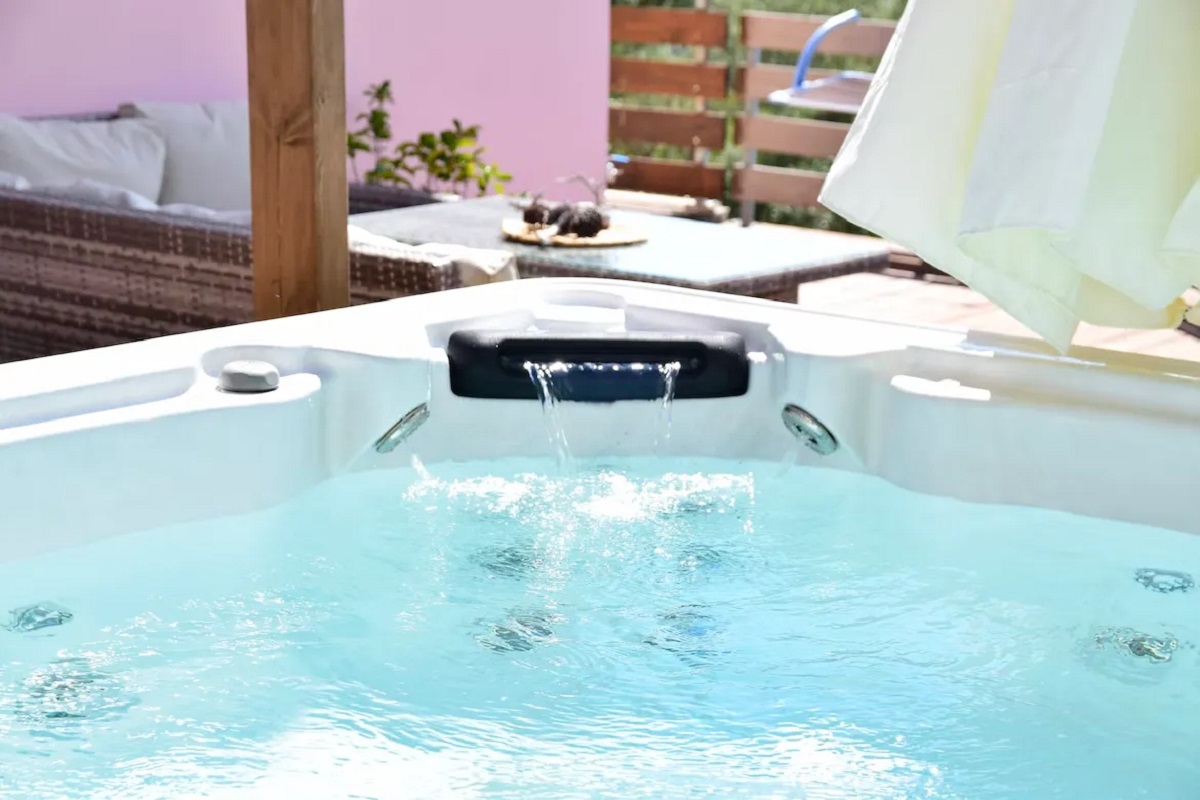
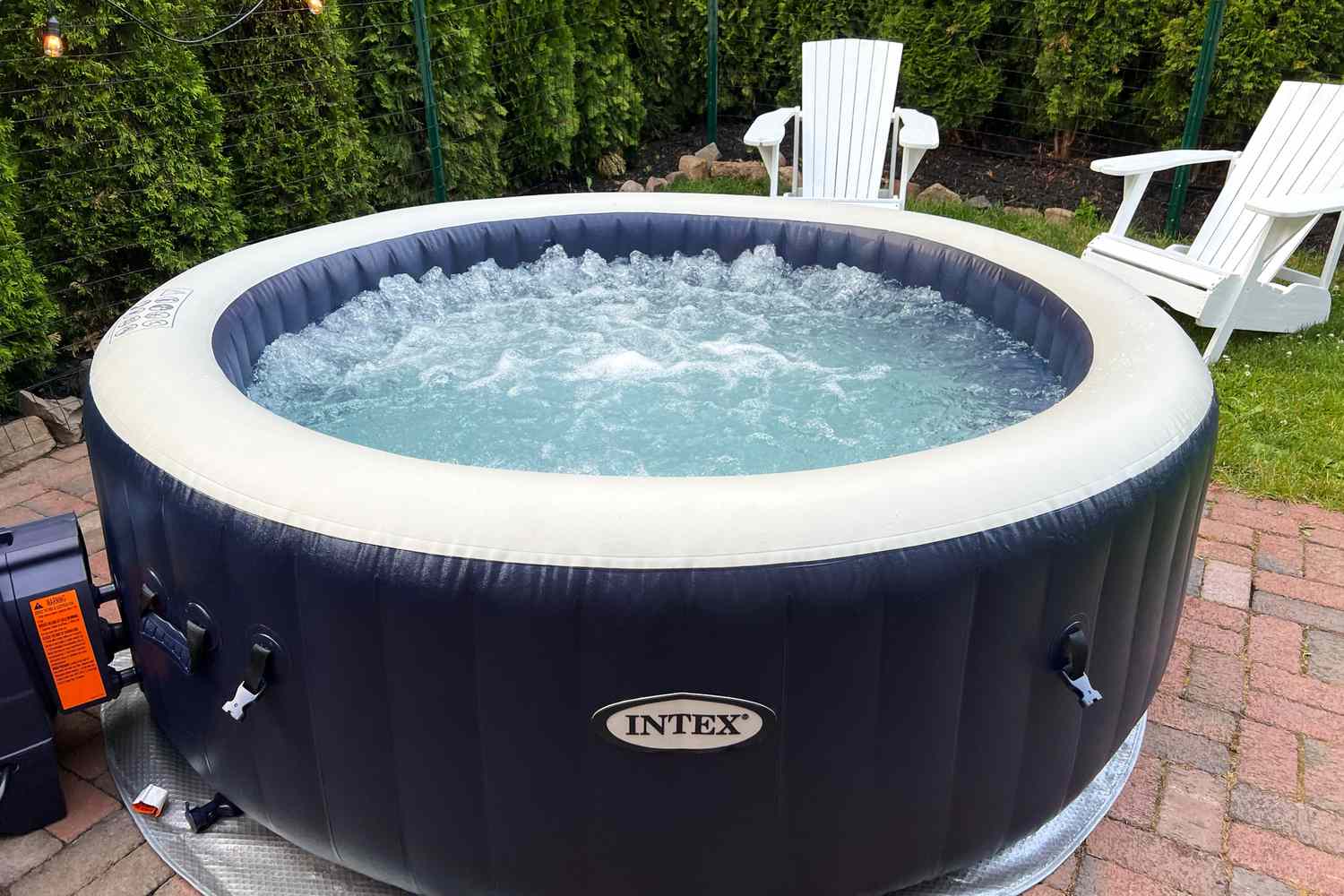
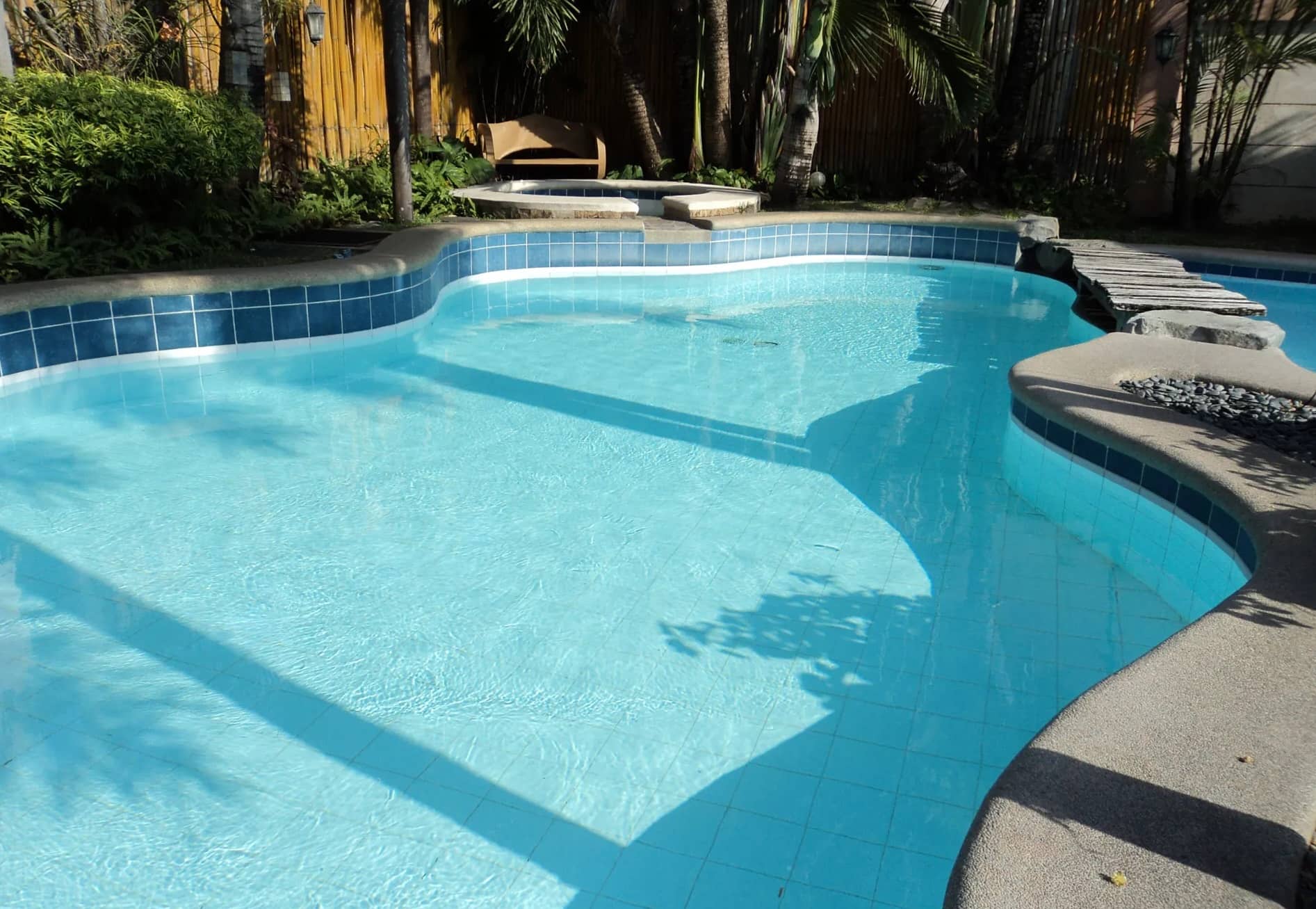
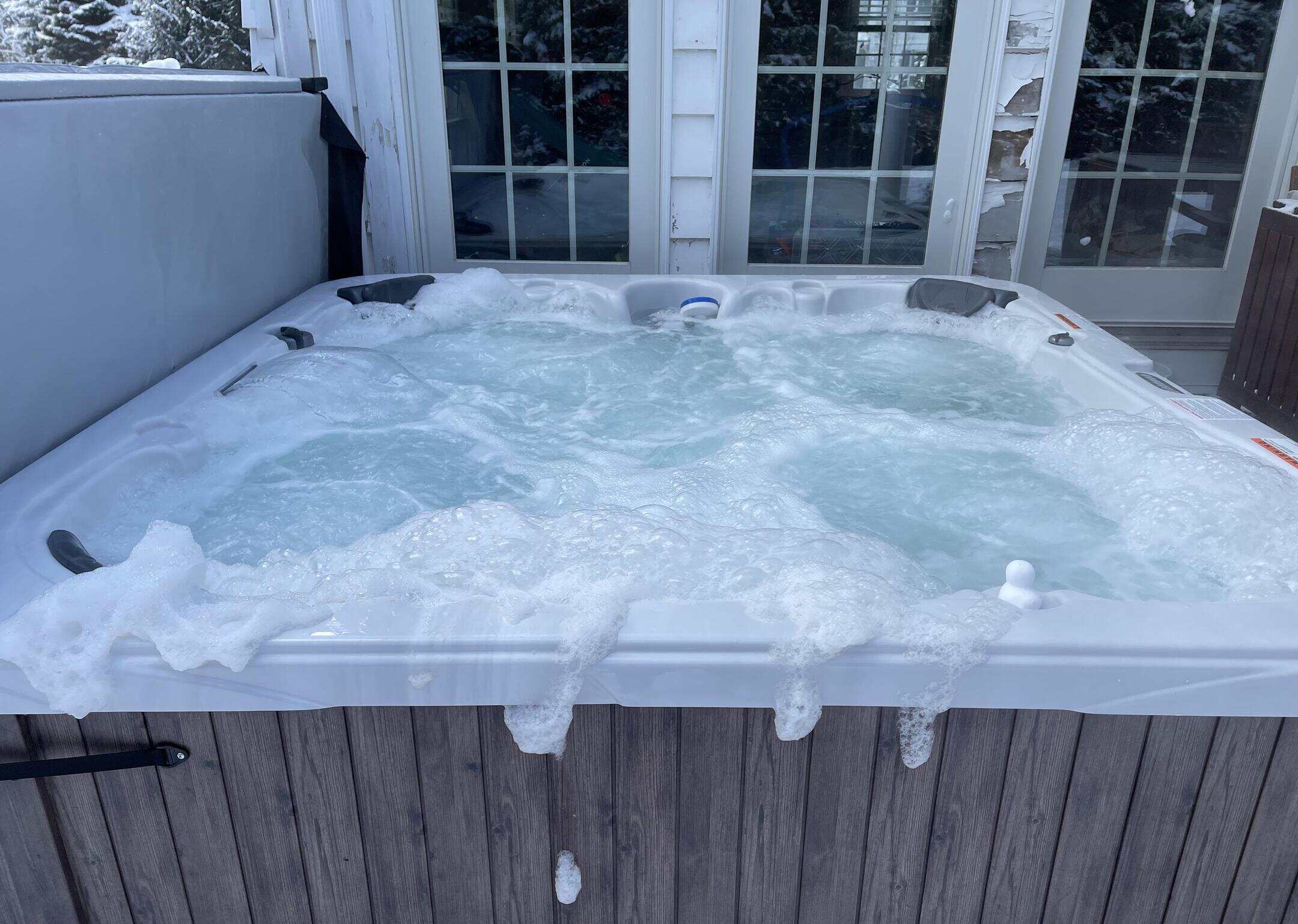
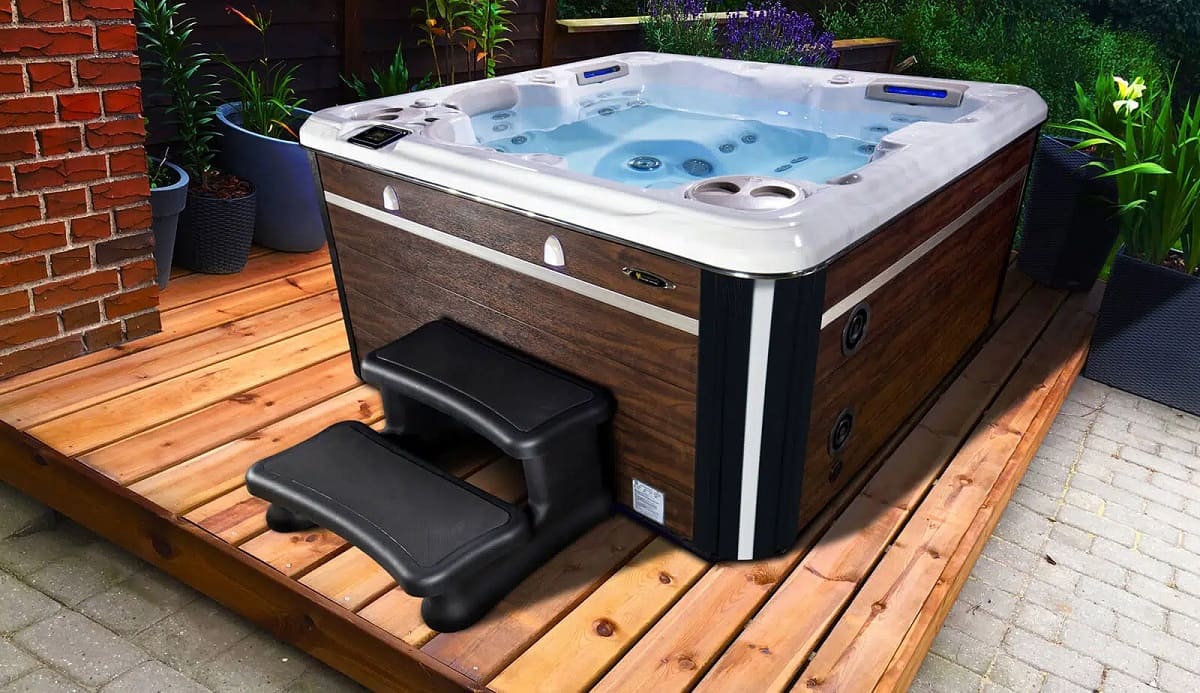
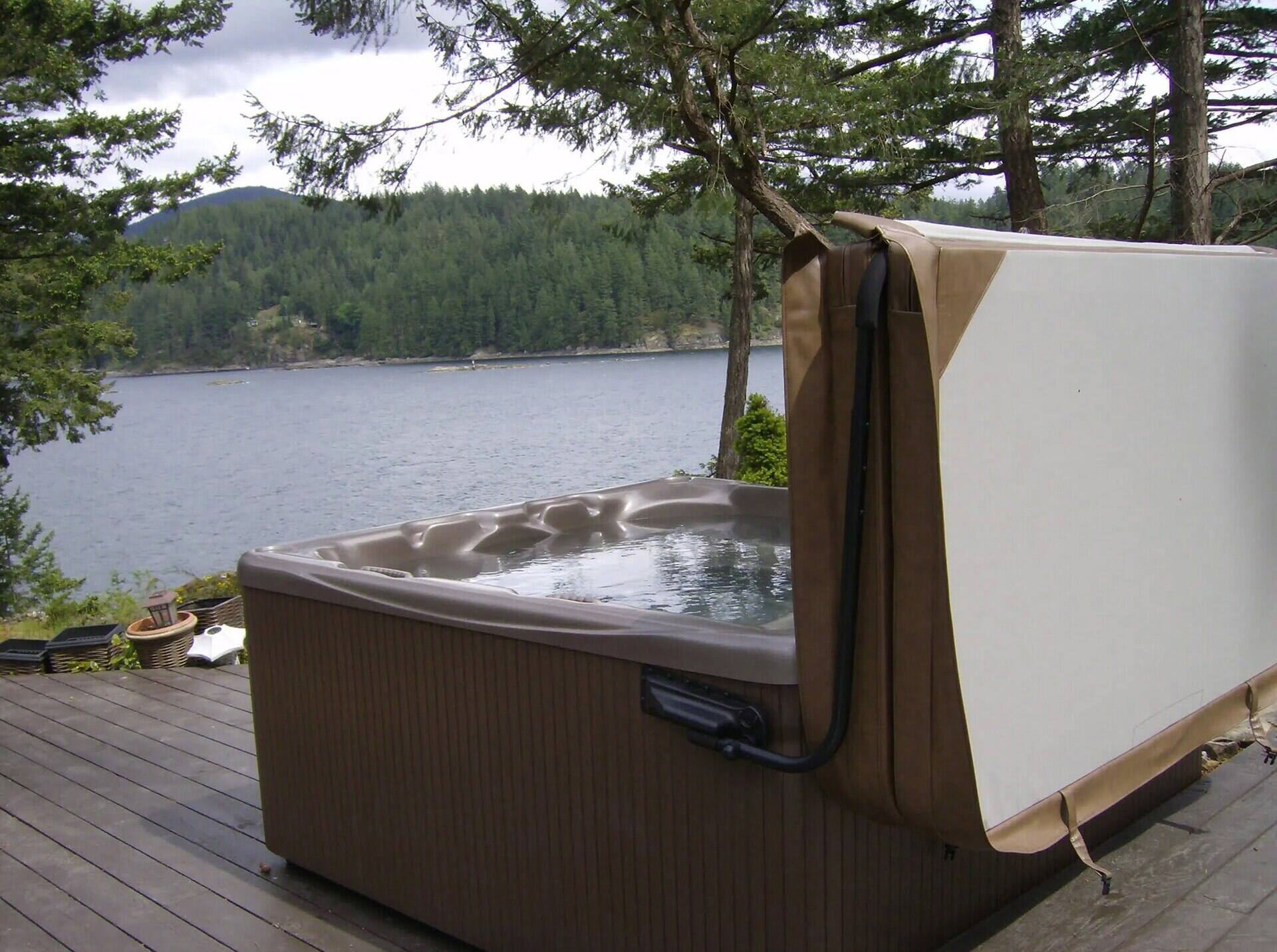

0 thoughts on “How Many Gallons Of Water In My Hot Tub”